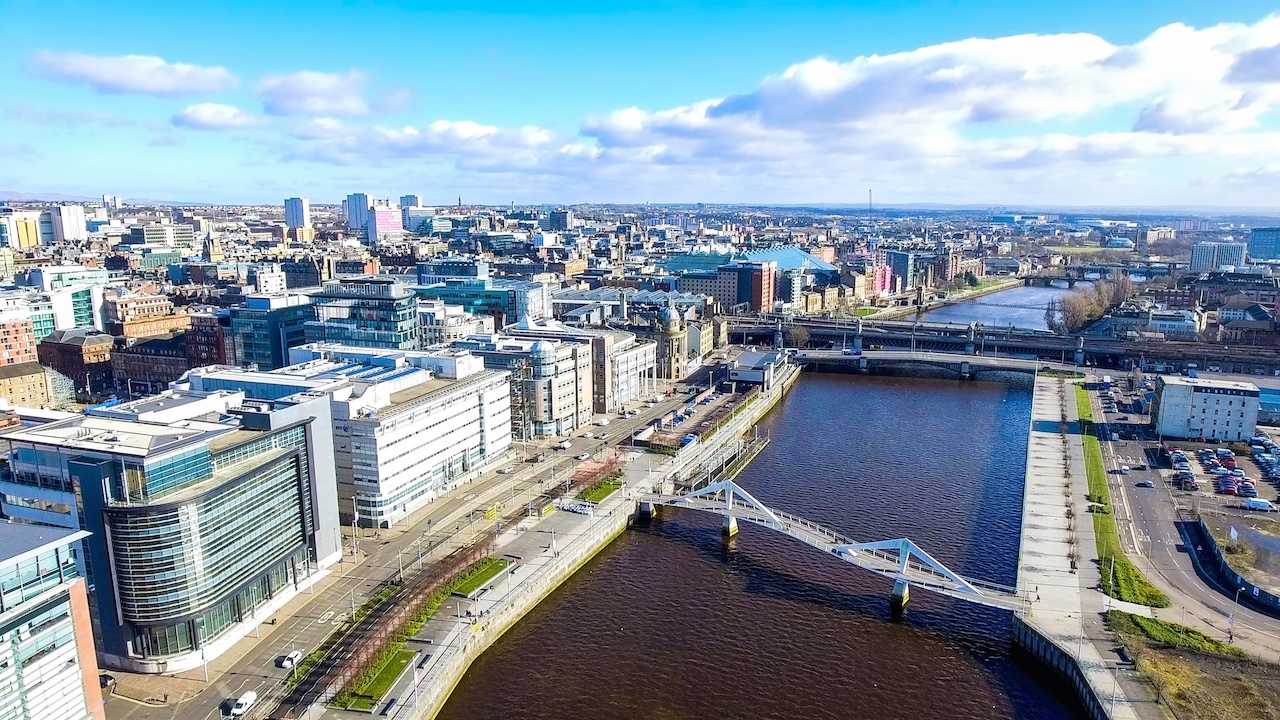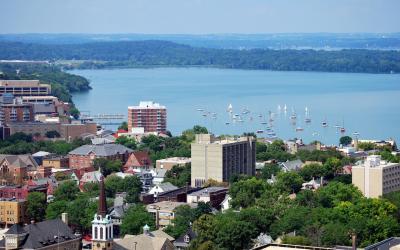Meeting of the Minds
What began as a 2-day summit in Oakland, CA in 2007, has grown into an internationally recognized non-profit organization with world-class events, year-round leadership programming, and an unparalleled digital platform.
Our mission is to bring together urban sustainability and technology leaders across sectors to share knowledge, best practices and catalyze lasting alliances and partnerships. We foster person-to-person and city-to-city learning by curating emerging trends and spotlighting projects and practitioners working on the future of sustainable, resilient, and equitable cities and regions.
We believe that the best solutions and partner ecosystems result from collaboration and engagement across sectors and disciplines. We convene leaders from international bodies, local government, state and federal government, corporates, startups, non-profits, academics and philanthropy.
Meeting of the Minds thanks and acknowledges the support of our current and past sponsors, including:
Foundations
Annie E. Casey Foundation
Barr Foundation
Burton D. Morgan Foundation
Ford Foundation
Lincoln Institute of Land Policy
Living Cities
New Economy Initiative
Paul G. Allen Philanthropies
Robert Wood Johnson Foundation
Rockefeller Foundation
The California Endowment
The California Wellness Foundation
The Cleveland Foundation
The JPB Foundation
The Kresge Foundation
The Volvo Research and Education Foundations
Healthcare
Kaiser Permanente
Sutter Health
Telecom
AT&T
Comcast
Qualcomm
Verizon
Global Technology Leaders
Cisco
Dassault Systémes
IBM
Itron
Microsoft
Oracle
Philips Lighting/Signify
Schneider Electric
Siemens
Transportation Leaders
Bombardier
Cubic
Daimler/Car2Go
Ford
JUMP Bikes/UBER
Lacuna
Keolis
Lyft
Streetlight Data
Toyota
Zipcar
Financial Institutions
JPMorgan Chase
PNC Bank
Wells Fargo
IT & IoT
Atonix Digital
Cleverciti Systems
Iteris
Logicalis
Roadbotics
RelayR Corp
Planning, Design, Architecture, Real Estate, Engineering, Construction
Black & Veatch
CBRE
CH2M Hill
Colliers
DKS Associates
Jones Lang LaSalle
Oxford Properties Group
Ramboll
Skidmore Owings & Merrill
WSP
Consulting Firms
Cognizant
ENGIE Impact
Deloitte
EY
PwC
Government
Ann Arbor SPARK
City of Berkeley, CA
Cuyahoga County
Federal Reserve Bank of San Francisco
JobsOhio
Metrolinx
State of Michigan
Resources: Water and Energy
AEP Ohio
DTE Energy
Festival Hydro
FirstEnergy
Marin Clean Energy
Natural Resources Defense Council
Sacramento Municipal Utility District
Shell
Xylem Water
Innovators
Cleveland Neighborhood Progress
JumpStart
Natural Resources Defense Fund
Rock Ventures
The New School
University of California
UrbanFootprint
Recent Webinars
Recent Articles
Smart City Chicago
Chicago may cut its annual energy cost for street lighting by 60 percent. Millions more will be saved by not using expensive trucks and labor to patrol streets looking for burned-out bulbs. Using the internet of things (IoT), the light poles will include sensors and wireless communication and communicate when an LED light needs replacing. To improve safety, the light poles will be integrated with the city’s 311 system, which provides a portal for access to city services. In the future, street lighting may also be integrated into the 911 system.
Technology Implementation Guides for Smarter Cities
SCIRA defines interoperability requirements based on a system-of-systems approach for information technology in smart city deployments, meaning that municipalities are able to build up smart cities little by little, project by project, safe in the knowledge that future expansions will work with, build upon, and gain value from the systems that they’re implementing today.
The SCIRA Deployment Guides aim to provide plain-language guidance on implementing the architecture, and will address a range of smart city functional areas, such as transportation and connectivity. Crucially, the guides will come in different forms for the different audiences relevant to smart city capability development, including City Managers, City IT Managers, City innovators, DevOps Facilitators, and commercial providers.
4 Strategies to Fix Citizen Engagement
As we strive to build Smart Cities, the need for strong citizen engagement has never been more crucial. Can a City really be described as ‘Smart’ if it makes changes without consulting with a diverse sample of the citizens affected by these changes before, during, and after projects are implemented? Will citizens adopt Smart Initiatives if they aren’t part of the decision-making process? Recent case studies suggest not.
Innovative Financing for Cities: Pay for Results, Not Process
The Environmental Impact Bond. It can be used to finance green infrastructure and similar resiliency-oriented projects, which not only protect cities against flooding and pollution, but also create jobs and green underserved neighborhoods. The return to investors of these projects is based on the extent to which the projects produce results; such as the amount of stormwater diverted from flowing into nearby rivers.
Managing the Transition to Shared Automated Vehicles: Building Today While Designing for Tomorrow
To plan for the transition to automated vehicles, cities and county governments should develop building and zoning codes that not only accommodate adaptable parking but encourage it by design. This can include amending building codes to require infrastructure that makes transforming garages into inhabitable buildings possible. As automated vehicles begin to enter the marketplace, cities should consider incentives and other programs to begin the conversion of ground level parking to commercial uses.
4 Tested Techniques to Catalyze Small Town Redevelopment
Driving into a town with a boarded-up Main Street or a row of abandoned factories make it look like the community has been the victim of a destructive economic process. In truth, the devastation that is apparent on the surface is really a symptom of deeper social and institutional problems that have been going on for a very long time. I have four strategies for you to make your rural redevelopment projects successful.














